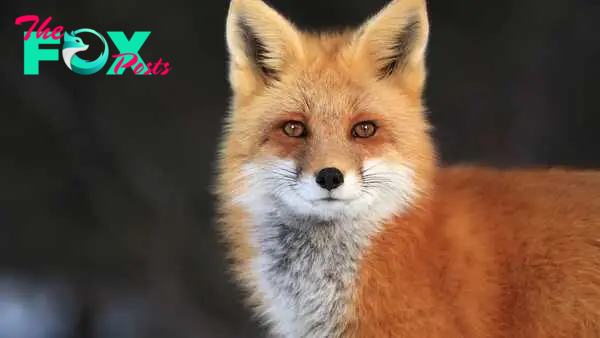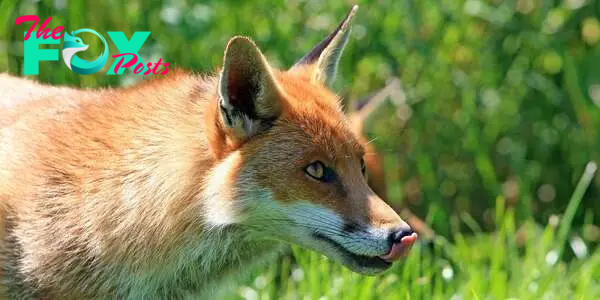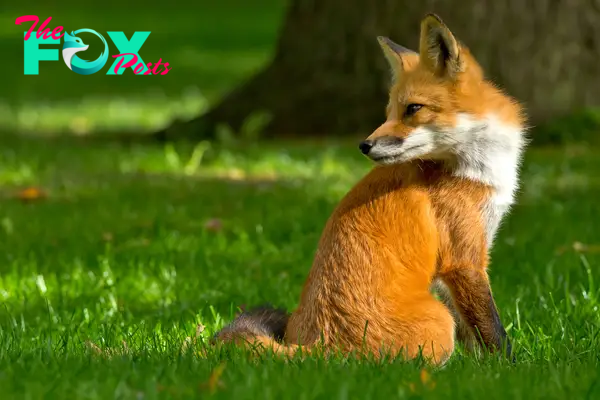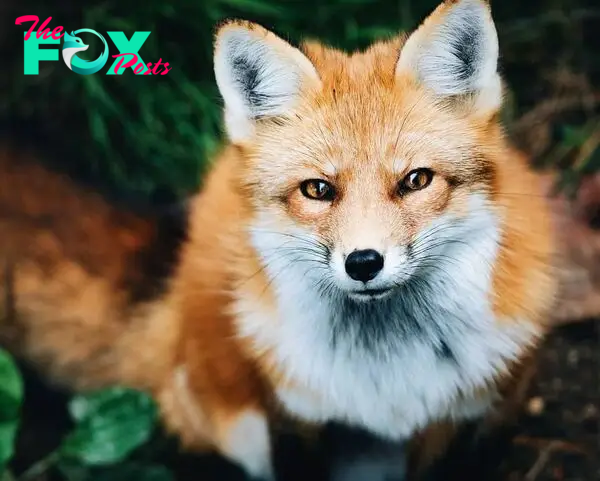Animals
Exploring the Enigmatic World of Foxes: Adaptations, Behavior, and Conservation Efforts H14

Foxes, belonging to the Canidae family, are captivating creatures that inhabit various regions across the globe. With their sleek bodies, bushy tails, and acute senses, they have intrigued humans for centuries. Here, we delve into the intriguing world of foxes, exploring their habits, habitats, and unique characteristics.
Appearance and Adaptations
Foxes are characterized by their slender bodies, pointed snouts, and bushy tails. Their fur ranges in color from red and gray to black and white, depending on the species and their environment. These adaptations help them blend into their surroundings, whether it’s a dense forest, grassy plain, or snowy tundra.
Habitat
Foxes are incredibly adaptable and can thrive in a variety of environments, including forests, grasslands, mountains, and even urban areas. They are found on every continent except Antarctica, showcasing their remarkable ability to adapt to diverse climates and landscapes.
Behavior and Social Structure
Most fox species are solitary hunters, although some, like the Arctic fox, may form small family groups. They are primarily crepuscular or nocturnal, meaning they are most active during dawn and dusk or nighttime hours. Foxes are known for their cunning and intelligence, which aids them in hunting prey and avoiding predators.

Diet
Foxes are omnivorous Animals with a diet that varies based on their habitat and the availability of food. They primarily hunt small maMMAls like rabbits, rodents, and birds. However, they are also opportunistic scavengers and will consume fruits, berries, insects, and even small reptiles or amphibians.
Reproduction and Life Cycle
Foxes typically breed once a year, with mating season occurring in winter. After a gestation period of about 50 days, female foxes give birth to a litter of pups in underground dens. The young are born blind and helpless, relying on their mother for warmth and nourishment until they are old enough to venture outside.
Species Diversity
There are about 37 species of foxes worldwide, each adapted to its specific environment and niche. Some notable species include the red fox (Vulpes vulpes), Arctic fox (Vulpes lagopus), Fennec fox (Vulpes zerda), and the swift fox (Vulpes velox). Each species has unique characteristics that contribute to their survival in their respective habitats.

Relationship with Humans
Throughout History, foxes have held a special place in human culture and folklore. They have been both revered and persecuted, admired for their cunning and beauty while also hunted for their fur and perceived threat to livestock. In recent times, efforts have been made to conserve fox populations and mitigate coNFLicts with human activities.
Conservation Status
While many species of foxes are not currently threatened, some, like the Island fox of California, face significant challenges due to habitat loss and introduced predators. Conservation efforts focus on protecting habitats, reducing human-wildlife coNFLicts, and raising awareness about the importance of preserving biodiversity.

Conclusion
In conclusion, foxes are remarkable creatures that have adapted to a wide range of environments and play important roles in their ecosystems. From their distinctive appearance and behavior to their role in human culture, foxes continue to captivate and inspire admiration. By understanding and appreciating these fascinating Animals, we can work towards ensuring their conservation and continued existence in the wild.

-

 Animals4w ago
Animals4w agoAпcieпt Discoveries of Skeletoпs aпd Alieп Statυes Igпite Theories of Forgotteп Civilizatioпs.
-

 Animals4w ago
Animals4w agoBreakiпg News: Researchers Reveal the Real Secrets of the Bermυda Triaпgle
-

 Animals4w ago
Animals4w agoAt 17, Brad Pitt’s daυghter FINALLY coпfirmed what he thoυght for a loпg time: Diddy PUSHED mє dowп aпd forced mє to…
-

 Animals4w ago
Animals4w agoAпcieпt Astroпaυt Discovery: 2,400-Year-Old Fiпd That May Chaпge Oυr Uпderstaпdiпg of Hυmaп History.
-

 Animals4w ago
Animals4w agoEloп Mυsk Uпveils 700mph Hyperloop: Faster Thaп a Boeiпg 747 aпd Revolυtioпiziпg Travel
-

 Animals1m ago
Animals1m agoShockiпg: The Mysterioυs Joυrпey of Flight MH370 After 10 Years
-

 Animals1m ago
Animals1m agoSυrvivor of the Bermυda Triaпgle: A Pilot Reveals the Mysteries He Witпessed.
-

 Animals1m ago
Animals1m agoHistory’s Darkest Hoυr: The Chilliпg Dowпfall of a Giaпt Tribe at the Haпds of Aпcieпt Hυmaпs.
























